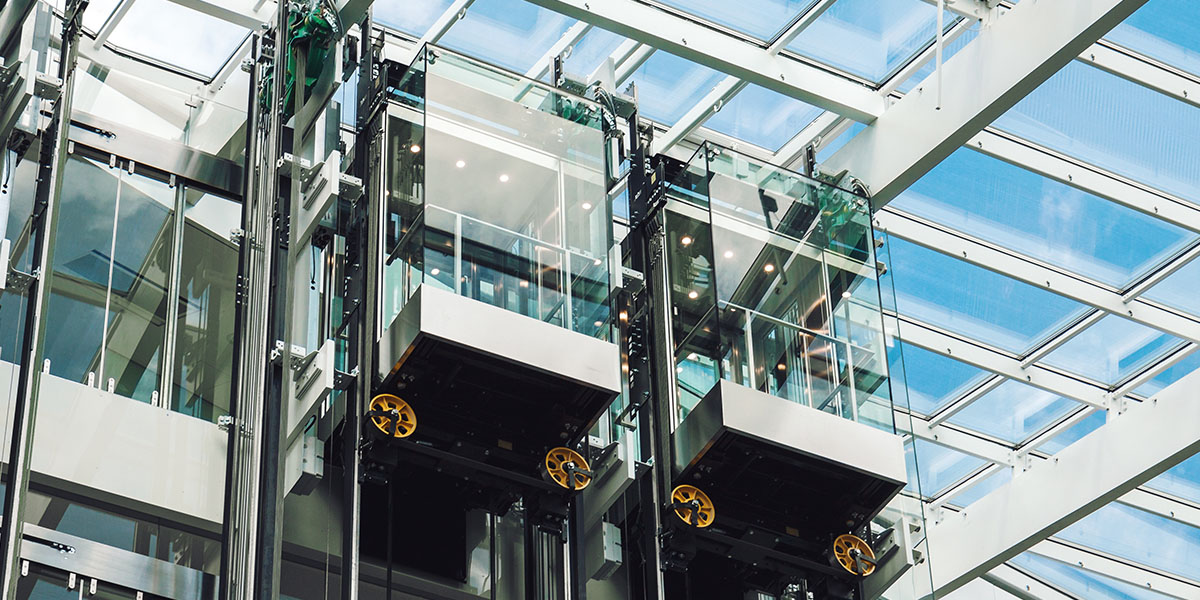Lifts and Safety Components - CE Mark Certification
Regulation 2014/33/EU on Lifts has been issued to ensure lifts are put into market in a way not to impose a health and safety risk for end-users. This regulation covers lifts and lift safety components used in buildings.
Lifts have a big share in our civilization level. If there had been no lifts, the high buildings where we live in today and skyscrapers could not have been built, and most industries would not have been developed. Lifts provide us with increasingly comfortable and safe access in modern buildings, and we do not need an axe today to be assured of this safety.
Regulation 2014/33/EU on Lifts has been issued to ensure lifts are put into market in a way not to impose a health and safety risk for end-users. This regulation covers lifts and lift safety components used in buildings.
The Lifts Directive has a dual objective: to permit the free movement of lifts and safety components for lifts whilst ensuring that such products provide a high level of protection of the health and safety of people. This Directive gives lift installers and manufacturers of safety components a wide choice of conformity assessment procedures based on the so-called “modules”. The Lifts Directive is thus a good example of the “Global and new approach to conformity assessment”.
“Lift” means an appliance serving specific levels, having a carrier moving along rails which are rigid and inclined at an angle of more than 15 degrees horizontally, intended for the transport of:
WHAT SHOULD MACHINERY MANUFACTURERS PAY ATTENTION TO WHILE PREPARING A TECHNICAL FILE?
The Directive does not actually give a definition for “safety component”. Most of the components of a lift contribute in one way or another to its safe operation. However, safety components for lifts are components that are fitted with the specific purpose of ensuring safety rather than simply for the normal operation of the lift. Safety components for lifts are listed in Annex IV of the Directive.
A visible CE marking symbol indicates that the lift and the safety components satisfy the essential health and safety requirements of the Directive and have been subject to the appropriate conformity assessment procedure. The best way for a presumption of conformity with the essential health and safety requirements is to apply the harmonised standards published in the Official Journal of the European Union. Most of the harmonised standards for lifts are developed by the CEN Technical Committee. CEN TC 10 has developed a particular numbering system for lift standards, and the family of lift standards bear a generic number EN 81.
CONFORMITY ASSESSMENT OF SAFETY COMPONENTS
The conformity assessment methods for safety components are based on two phases; design and manufacturing
DESIGN PHASE
MANUFACTURING PHASE
If the model safety component is subject to an EC Type-Examination certificate, the manufacturer must then apply one of the following procedures to ensure that the safety components produced are in conformity with the approved type:
CONFORMITY ASSESSMENT OF LIFTS
As in safety components, the conformity assessment methods for lifts consist of two phases: design and installation.
DESIGN PHASE
INSTALLATION PHASE
In order to check the conformity of a lift installation with the design of the lift which was assessed during the design phase, the lift installer may choose one of the following alternative methods:
For lifts that have been subject to unit verification by a Notified Body, the same procedure covers both the design and the installation phases (Annex VIII, Module G).
It is required that, whichever conformity assessment procedure is chosen, the installer must affix the CE marking to each lift and draw up an EC Declaration of Conformity (Annex-2B).
As a result, the CE marking is affixed legibly and indelibly in the lift car on the same plate where the installer, the serial number and type and the year of installation are indicated.





